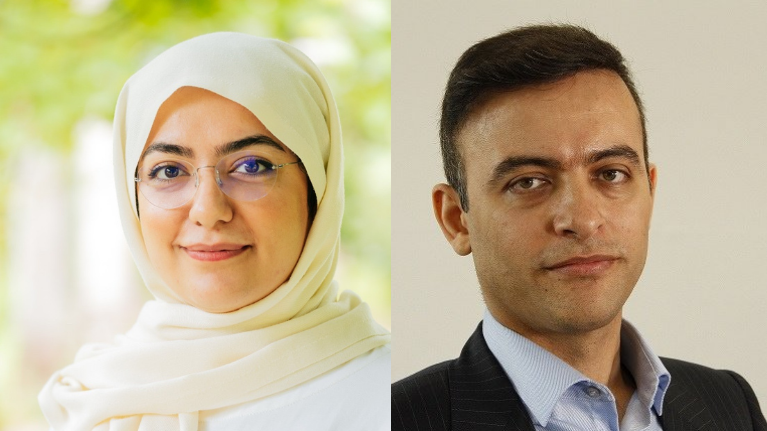
UWL academic advises HRH The Prince of Wales on the future of sustainable flight
Intro
The Prince of Wales has joined leading figures in the aviation industry to discuss the future of sustainable aviation and to find out how research from the University of West London (UWL) is helping to deliver net-zero emissions in aviation by 2050.
body
Visiting the Whittle Laboratory in Cambridge, Prince Charles discussed cutting-edge developments in zero-emission flight technology, developed by the Aviation Impact Accelerator (AIA), a multi-disciplinary team of experts working to achieve net-zero flight by 2050.
Anil Padhra, Associate Professor in Sustainable Aviation at UWL, is central to the AIA’s research at the Whittle Laboratory, where they are building an open-source simulator that will allow users to map flight pathways and see how this contributes to the UK’s greenhouse emissions. Acting as a kind of carbon calculator, the simulator will encourage users to make informed decisions whilst providing them with alternative sustainable travel options (like making shorter journeys on electric or hydrogen-fuelled planes).
After taking part in the discussion, Dr Padhra said:
The AIA’s model is the first of its kind in the world to capture a whole-system overview – providing users with information about the sources of renewable electricity, the carbon footprint of materials used to build aircraft, and the effects of producing and transporting fuel.
However, there is no point in having electric aircraft if the electricity used to power them comes from fossil fuels. The electric future of air transport still poses enormous challenges that go beyond the scope of aviation and will require a total re-think of how we can meet our future energy requirements.”
According to the AIA's model, the UK will have to produce 20% more electricity in order to meet this future demand, meaning significant national investment in renewable energy sources. As the roundtable concluded, a sustainable future for the aviation industry can only be achieved through increased collaboration, clear policy and government guidelines, and an emphasis on global impact.
Related news
-
Funding success for engineers focused on transforming futures
Celebrating another round of funding success, engineers from UWL will put their expertise to use by solving problems across the world and inspiring future generations.
-
UWL ‘on track’ to become UK’s most sustainable University
Find out how UWL is decarbonising its campus and making it an even greener University for everyone.
-
UWL honorary academic recognised by the Queen
An honorary academic at University of West London (UWL), Professor Zenobia Nadirshaw, has been awarded an MBE in the Queen’s New Year Honours list for her services to people with learning disabilities and mental health treatment.



